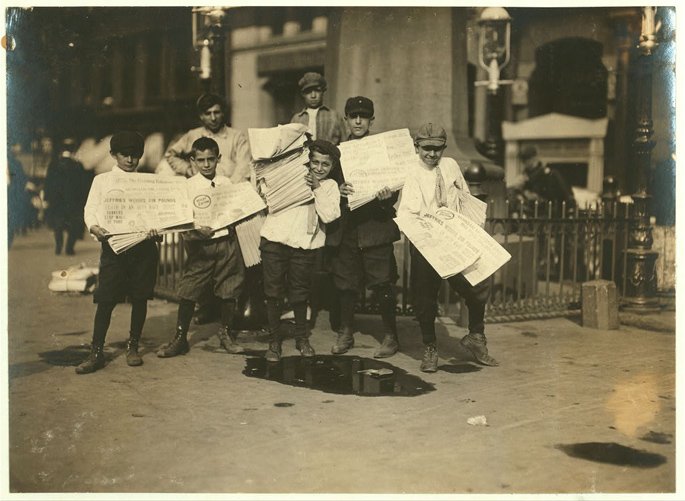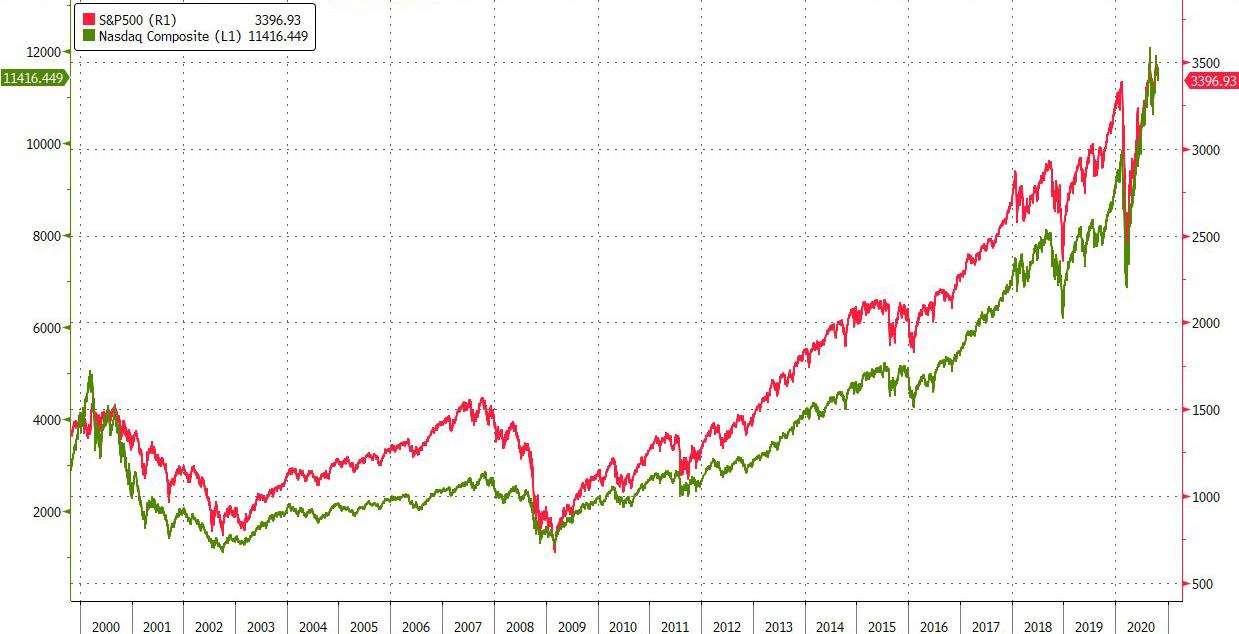From American Affairs Journal:
In a 1986 speech, then president Ronald Reagan lamented that “the nine most terrifying words in the English language are: I’m from the government and I’m here to help.” This statement epitomizes the neoliberal view of how Silicon Valley became a global beacon of high-technology ingenuity, entrepreneurship, and venture capital. For followers of Ronald Reagan and Milton Friedman—not to mention staunch libertarians and “tech bros” in the Bay Area today—Silicon Valley is the triumph of the free market and American capitalism.
Sometimes the role of early military investment in radar and other technologies is acknowledged. Silicon Valley’s colocation with leading universities such as Stanford is occasionally credited as well, as is the proximity of Bell Labs. But the U.S. government’s role in the promotion and coordination of technological innovation is typically obscured. This imagined Silicon Valley narrative, as I call it, which lauds the triumph of unencumbered market forces, leaves out the government’s crucial role as financier, profit-enabler, and permissive but intentional regulator.
There is another version of the story, however, that offers important lessons both for American policymakers looking to promote economic growth in other regions and for foreign policymakers seeking to recreate the “magic” of Silicon Valley in their own countries. In the true story, the visible hand of the state is evident behind the veneer of the supposedly laissez-faire Silicon Valley venture capital (VC) market. Long before Silicon Valley became synonymous with tech VC, the U.S. government intervened to support the onset and growth of the venture capital industry, which clustered around Sand Hill Road in northern California and Route 128 near Boston. As Linda Weiss asserts in America Inc.? Innovation and Enterprise in the National Security State, it is a myth that the VC financing synonymous with Silicon Valley is merely “an invention of the U.S. market.”1
The true story, in which the state was a lead protagonist, is more complicated than the libertarian interpretation that has become commonplace. But it is a more complete version and, as a result, one that is more instructive for cities, regions, and countries around the world that are now hustling to foster vibrant innovation ecosystems. The world’s leading venture capital markets did not spring forth fully formed from the invisible hand; rather, they are the product of “venture capital states” acting in accordance with their local context.
Venture Capital, the State, and the Construction of Silicon Valley
The state has been a central, even necessary character in the American tech industry from the beginning. The government’s role in financing the technology underlying today’s Silicon Valley giants (notably Apple and Google) was detailed in Mariana Mazzucato’s book The Entrepreneurial State (2013). For Mazzucato, the growth of these firms is not a product of unfettered capitalism, but rather a case of “When John Maynard Keynes met Adam Smith”: the government initiates what the private
sector cannot, and then market forces can flourish. This necessary role of the state in opening the door to the free market corresponds with Karl Polanyi’s view in The Great Transformation (1944)—the idea of a liberal market utopia is a fallacy, as “even laissez faire is planned.” The most sophisticated neoliberals themselves have been conscious, at least privately, of the primary role of the state in organizing and facilitating markets; but popular neoliberalism has either drifted toward libertarian views or emphasized only neoliberalism’s deregulatory elements.
In America and the UK, the venture capital asset class came into being, in its modern, professionalized form, around the time of World War II. Beginning in 1958, the American brand of venture capital grew as U.S. government money was given in the form of loans to VC managers via the Small Business Investment Company program. These loans provided critical funding to the VC industry in those early days, when limited partners such as pension funds, foundations, and endowments had not yet begun to invest in the asset class. The visible hand of the state ensured that there was money for a venture capital market, and Silicon Valley was to be the epicenter.
Later, in the 1970s, the national government made venture capital more accessible to institutional investors and more profitable for VC managers. Specifically, the Employee Retirement Income Security Act (erisa) reinterpretation of the Prudent Man Rule in 1979 allowed institutional investors (especially pension funds) to invest in the VC asset class. Pension funds could then invest in VC because the Department of Labor’s 1979 reinterpretation of what was a “prudent risk” no longer applied to venture capital. In other words, VC was no longer too risky for public pension funds to invest in. This meant that much more money would be available for the venture capital managers, as public pension assets could now be allocated to VC funds.
In the same year, the capital gains tax rate (to which VC profits are subject) was reduced.2 Like most other alternative investors, venture capital funds make money from two sets of fees: management fees that help to cover operating expenses, and performance fees (referred to as “carried interest” in industry lexicon) charged to investors as a percent of the returns produced. Typically, venture capitalists structure these fees as “2 and 20”: 2 percent on assets under management and 20 percent of the profits produced for their investors. In the United States, the carried interest (carry) of the VC fund is taxed at capital gains rates, rather than at earned income rates. Furthermore, capital gains realized by investors, instead of being “double taxed” at the fund entity level and again at the investor level, are “passed through” to investors and taxed only once at the capital gains rate. In 1979, the U.S. capital gains tax rate to which venture capital profits are subject was lowered from 35 percent to 28 percent for assets held more than one year.
And for what was nearly a triple crown (but a year late), lighter-touch regulations were introduced in 1980 via the Small Business Investment Incentive Act. These three efforts undertaken by the state helped fuel the rise of the VC industry, which was already benefiting from the launch of the nasdaq in 1971, a favorable exit venue for high-growth startups in VC portfolios.
Thus, from the beginning, the road to Silicon Valley VC was paved by conscious state action designed to support innovation and entrepreneurship—at times through deregulation and tax cuts to encourage market activity, but also through direct and indirect subsidies (via public pensions). In the modern narrative of Silicon Valley venture capital, this key element has been written out of the story, and the illusion of a totally spontaneous free-market process persists.
Motivations for Promoting Venture Capital
Today, innovation and entrepreneurship, which have become synonymous with Silicon Valley, are almost universally encouraged in order to propel economic competitiveness and job creation. Unlike other investment classes, such as hedge funds and sovereign wealth funds (which are sometimes criticized for their dubious impact on firms and markets), venture capital is perceived as the part of the financial sector that society cannot afford to live without. In 2014, the Wall Street Journal went so far as to dub venture capital “Humanity’s Last Great Hope” for its purported ability to identify and nurture transformative technologies.3
....MUCH MORE







